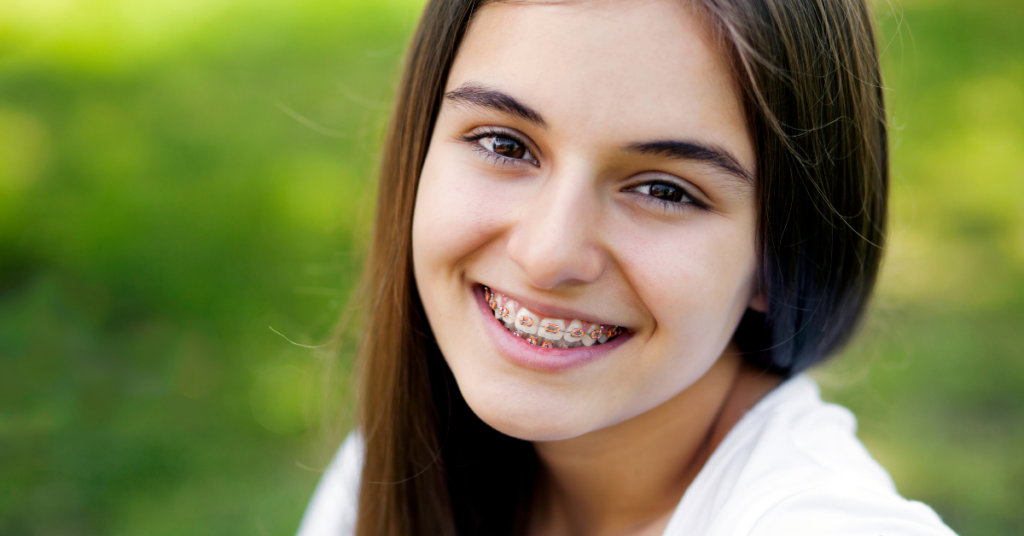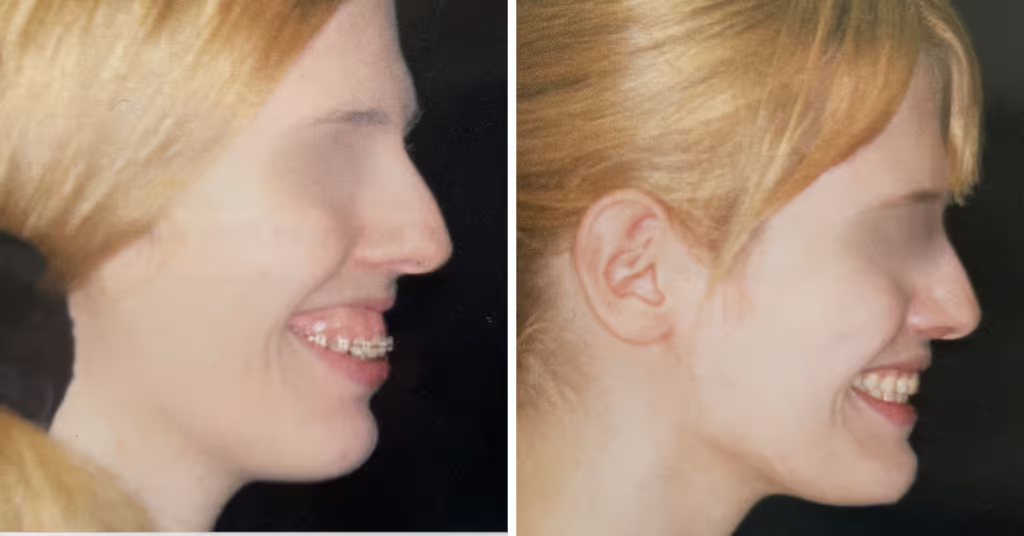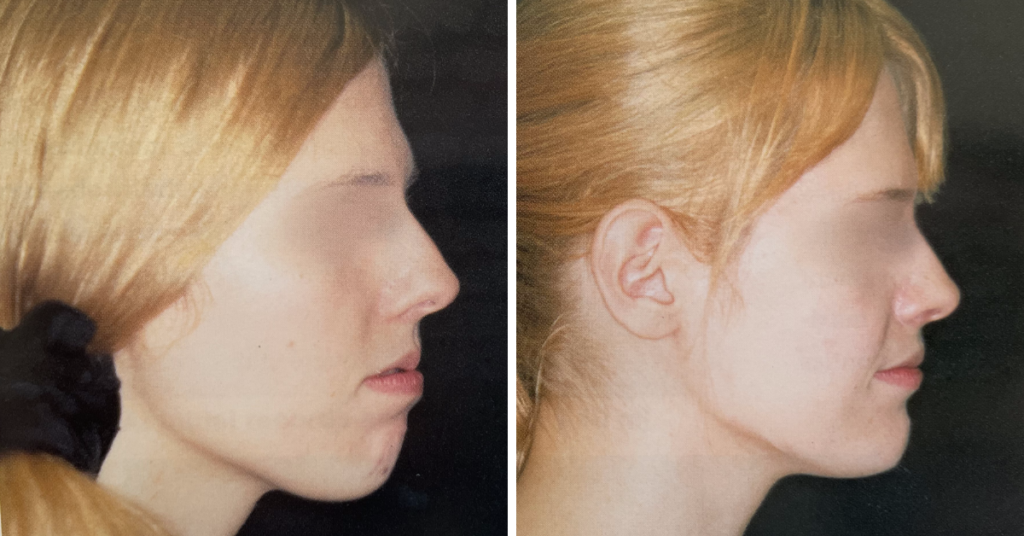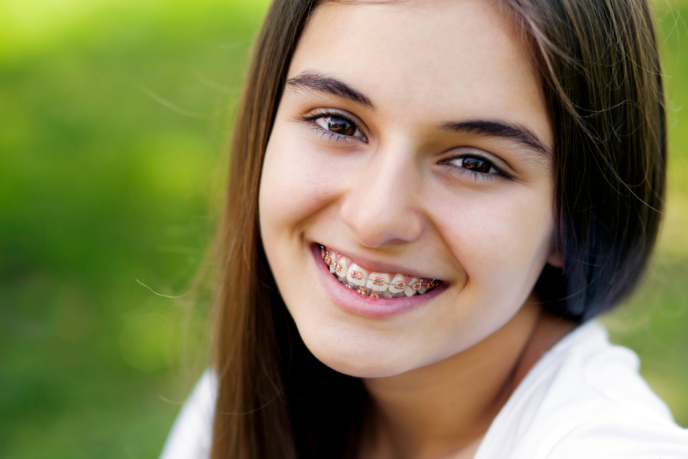When people hear the word orthodontics, it is likely that images of smiling teens with rows of braces and wires will pop up in their minds.

However, orthodontics is much more than just straightening teeth.
Good orthodontics takes multiple factors into account, like how treatment will affect the overall appearance of the face, the health of the jawbone joints, proper contact between teeth and effects on the patient’s airway.
The all-important factor of stability is also calculated into the equation. This allows the patient to receive the best results both aesthetically and functionally. This integrated approach is, however, not the standard practice amongst orthodontists.

Dr Petra Van Der Merwe is the only orthodontist in South Africa to have completed the postgraduate, interdisciplinary programme, FACE (Functional and Cosmetic Excellence).
Asked what inspired her to enrol for this programme, Dr Van Der Merwe responded:
“What drew me to the philosophy of the FACE curriculum is the fact that it is patient-centric, and its holistic approach places a high premium on minimally invasive techniques for the best possible outcome. When you combine this approach with new techniques like aligners, you can get truly astounding results in both dental and facial aesthetics.”
Traditional orthodontics can often produce straight teeth at the expense of the patient’s breathing ability, facial balance and overall look. Some patients can undergo vast (and sometimes unwanted) transformations of their facial appearance when a holistic approach is not followed.

It is imperative to understand that everything is related in the stomatognathic system – the anatomical system comprising the teeth, jaws and associated soft tissues draping over the teeth and jawbones. According to Dr Van Der Merwe, “You could almost say good orthodontics doesn’t prescribe treatment on face value but rather values the face throughout treatment”.

The cherry on top is to be able to see the entire process play out digitally from start to finish due to the use of advanced digital software. A goal-directed treatment plan is formed by using 3D scans and algorithms to show what the realistic end result will look like, as well as the steps needed to get there quicker.
A well-laid-out plan with a definite picture in view almost always ensures greater efficiency and a more precise and predictable outcome. In the case of removable aligners, additional flexibility during the treatment is available.
Orthodontics has come a long and wonderful way since the mid-1800s – and Enamel patients get to experience just how far we’ve come.
This article is the first of a series of articles that will focus on the different goals of a holistic approach to orthodontic treatment and its importance for the patient.

